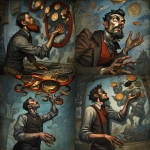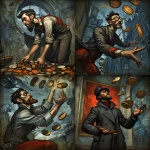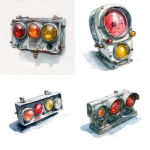Explore the Best AI Image Gallery

Pixels on the Pulse: AI Image Generators and the Future of Creativity
The art world is buzzing with a new kind of creativity—one powered by artificial intelligence (AI). AI image generators are no longer science fiction; they are here, capable of producing stunningly realistic and imaginative visuals from simple text prompts. This groundbreaking technology is reshaping the creative landscape, opening up exciting possibilities for artists, designers, and anyone with a spark of imagination.
A New Palette: How AI Image Generators Work
These tools leverage the power of deep learning algorithms, trained on massive datasets of images and text. They learn to understand the relationship between words and visuals, enabling them to translate your textual descriptions into captivating artwork. Some popular examples include DALL-E 2, Midjourney, Stable Diffusion, and Craiyon (formerly DALL-E mini).
Unleashing Creativity: Applications Across Industries
- Art and Design: AI generators empower artists to explore new styles, experiment with concepts rapidly, and create unique pieces tailored to specific briefs. Imagine a world where artists can visualize their dreams or bring abstract ideas to life with just a few words.
- Marketing and Advertising: Brands can leverage AI to generate eye-catching visuals for social media campaigns, product mockups, or even personalized marketing materials. This can save time and resources while allowing for greater creative flexibility.
- Entertainment: From concept art for films to generating realistic backgrounds for video games, AI image generators are transforming the entertainment industry. Imagine creating immersive worlds and characters with unprecedented ease.
- Education: Students can use AI tools to visualize complex concepts, bring their history projects to life, or explore different artistic styles in a hands-on way.
Navigating the Ethical Landscape
While AI image generators offer immense potential, its crucial to address the ethical considerations they raise:
- Copyright and Ownership: Who owns the copyright to images generated by AI? Is it the user who provides the prompt, the developer of the AI tool, or the AI itself?
- Bias and Representation: AI algorithms are trained on existing data, which can contain biases that perpetuate stereotypes or underrepresent certain groups. Its essential to ensure that AI-generated content is inclusive and representative.
- Misinformation and Deepfakes: The ability to create realistic images raises concerns about the potential for misuse, such as creating convincing fake news or manipulating public opinion.
The Future of Creativity: A Collaborative Evolution
AI image generators are not meant to replace human creativity; rather, they are tools that can enhance and augment it. The future likely lies in a collaborative relationship between humans and AI, where artists leverage the power of technology to explore new frontiers of expression.
As these tools continue to evolve, we can expect even more sophisticated capabilities, including:
- Real-time Image Generation: Imagine creating artwork that reacts to your movements or emotions in real time.
- Personalized Art Experiences: AI could generate unique pieces tailored to individual tastes and preferences.
- Multimodal Creativity: Combining text, images, audio, and other media into immersive experiences.
The impact of AI image generators on the creative industry is profound and multifaceted. Its a time of exciting possibilities, but also a call to navigate the ethical challenges responsibly. By embracing collaboration and fostering innovation, we can harness the power of AI to unlock new dimensions of creativity and shape the future of art.

](https://images.ai-img.art/thumbnails/150/1accb5453f2335686b162f0a879c7ce73a18516a33868f214a16bdaf95beeb5a.webp)
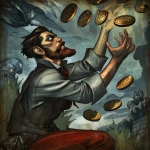
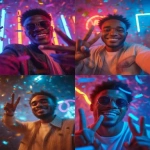
](https://images.ai-img.art/thumbnails/150/3c5dc62bba83cc9919c20ebfec8430d31e821cef586a2753dd85ef26d77d480a.webp)
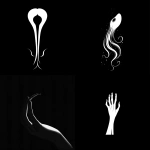

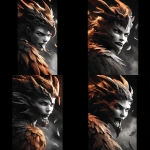

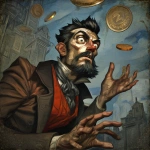

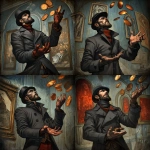

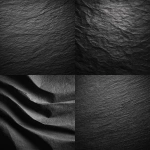
](https://images.ai-img.art/thumbnails/150/3e8c063b4357fc743a3c6e49a3145ee31b2dcecc018c38d2db8f97bf3e3fda3f.webp)
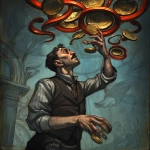


](https://images.ai-img.art/thumbnails/150/8c320ce9aefbbb5b9ec5fd4e1d0fba7388f0fff5b6c2e2f14077cad3008f291d.webp)

](https://images.ai-img.art/thumbnails/150/1d7b3a908141474d50d90721c394db29c0cb5404d685ae70ea60430c18e905b7.webp)
